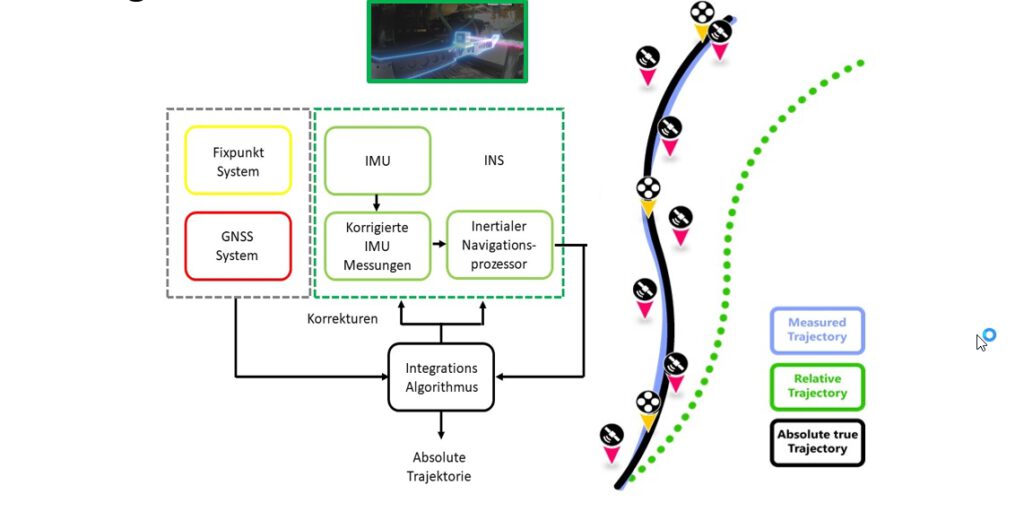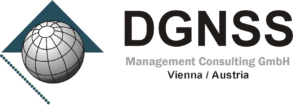Rail
① Surveying for railway projects
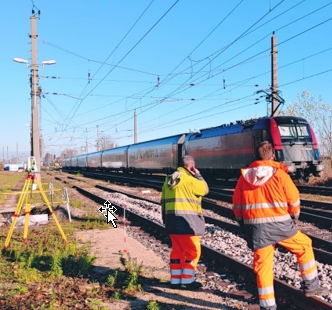
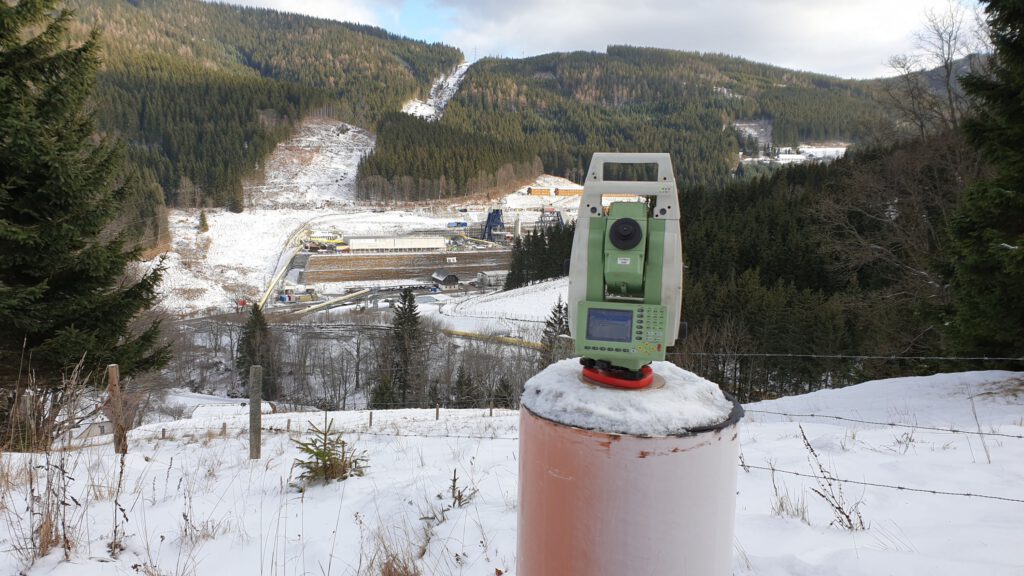
In cooperation with Dr. Döller ZTGmbH, DGNSS has many years of experience in surveying tracks and railway facilities. High-quality process approaches and "state of the art" technologies have always been successfully implemented, mostly worldwide as "early adopters" in the railway sector.
In addition to the traditional methods, special attention was paid to the conception of basic networks as a basis for highly accurate measurements for the smooth completion of projects and handover to the maintainer. We are particularly proud of the conception of the basic network for the Semmering Base Tunnel together with Dr. Döller ZTGmbH and our Arge partners. In the process, we also drew on the know-how of the many tension-free and optimally land-based GNSS networks for various railway projects. Many years later, by the way, now the basis for the ÖBB project "Infraraster".


In cooperation with Dr. Döller ZTGmbH, DGNSS has many years of experience in surveying tracks and railway facilities. High-quality process approaches and "state of the art" technologies have always been successfully implemented, mostly worldwide as "early adopters" in the railway sector.
In addition to traditional methods, special attention was paid to the design of basic networks as a basis for highly accurate measurements for the smooth execution of projects and handover to
the maintainer. We are particularly proud of the conception of the basic network for the Semmering Base Tunnel together with Dr. Döller ZTGmbH and our Arge partners. In the process, we also drew on the know-how of the many tension-free and optimally land-based GNSS networks for various railway projects. Many years later, by the way, now the basis for the ÖBB project "Infraraster".
② Research and support services
On behalf of the surveying department or the research department, DGNSS was allowed to supportthe domestic railway company ÖBB in overarching projects such as "EU environmental noise", "infrastructure register" (georeferencing of all tunnel facilities), "infra-grid" (improvement of the GNSS reference service with documents from surveys in the railway vicinity), "track network extraction" (representation of all track facilities and points).
The experience in the field of fibre optics (FOS) has not only been deepened in several research projects but also already applied in several projects (e.g. auxiliary bridges).
Other research topics:
- Restructuring of processes and procedures in connection with the comprehensive documentation of track areas. A particular focus is on quality improvement and homogenisation as a universally usable basis for the "digital twin" concept.
- Testing of optimised combinations of different detection forms and sensor types for comprehensive analysis of the maintenance condition of track areas or the entire infrastructure corridor area with regard to their condition, or conclusions about the track condition of sections that are used several times - Construction and testing of stationary sensor concepts for contactless scanning of vehicle surfaces in passing.
- Statements and analyses of the use of compact sensor boxes on vehicles
③ New methods for recording the railway corridor
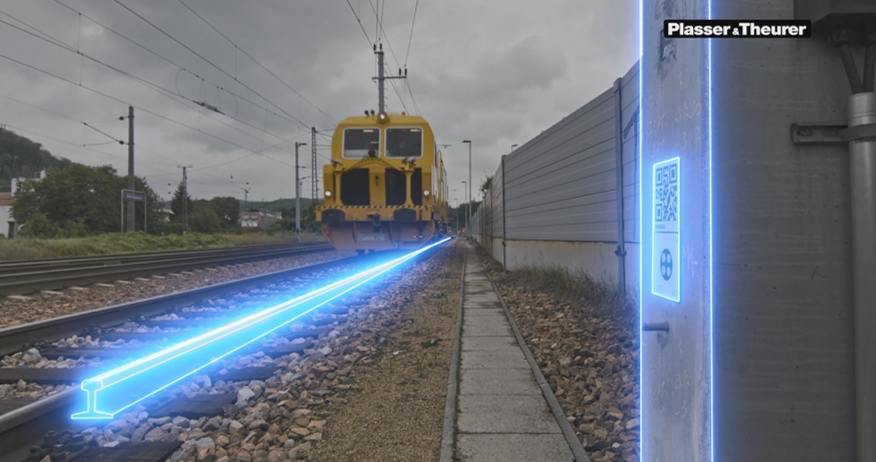
The cooperation with the key companies Plasser&Theurer and TMC (Track Machines Connected), which has already proven itself over decades, but also with leading national and international research institutions, has led to new approaches. The current focus is now on systems for the comprehensive recording and processing of complete spatial forms of documentation. These thus form the precise basis for management, maintenance and operation. In line with the concept of a "digital twin" in cooperation with Plasser &Theurer, the new technologies and innovative measurement principles will be used for major projects in the future: the EM100VT provides corresponding measurement data: in addition to the exact distances to the track marketing bolts, absolute track positioning is obtained for the first time.
Advantages:
- Precise, safe and economic measurement of track position, relative to optimised
track marketing
- Contactless, independent of environmental influences
- Range of application up to 80 km/h
- No persons in the danger zone and thus impairment of ongoing operations
- Continuously automated process, from measurement/recording to evaluation and display
Overall process absolute track geometry:
